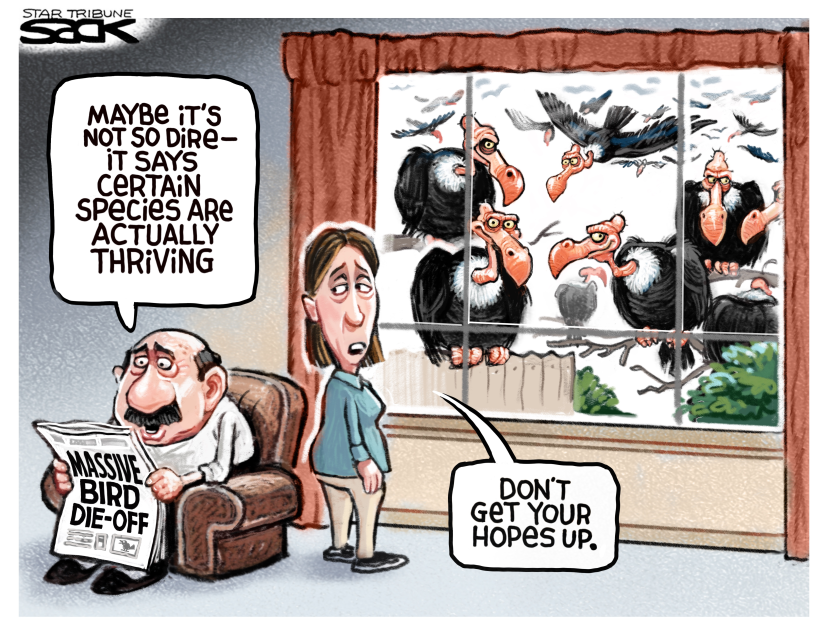
Subscribers Only Content
High resolution image downloads are available to subscribers only.
Not a subscriber? Try one of the following options:
OUR SERVICES PAY-PER-USE LICENSINGFREE TRIAL
Get A Free 30 Day Trial.
No Obligation. No Automatic Rebilling. No Risk.
On Tuesday, 12 Democratic presidential hopefuls took to the stage at Otterbein University near Columbus, Ohio, to pitch their credentials. The dozen are at the very least advocates for loose borders. Ask the candidates their positions on the environment and ecological stability, and the dozen would be on board about the importance of a green America. But the reality, which they prefer to ignore, is that open borders are incompatible with protecting the nation’s environmental future.
The candidates are more than willing to talk about the perceived benefits of Medicare for All, income inequality, gun control and climate change. But record high legal immigration and quasi-open borders, an informal policy that has for decades allowed hundreds of thousands of people to come to the U.S. illegally, remain taboo, even though there are significant negative environmental consequences.
The link between immigration – illegal or legal – and environmental degradation is indisputable. Years ago, before huge illegal immigrant border surges overwhelmed agents, the Government Accountability Office issued a report that outlined the challenges that illegal crossings presented to land management agencies, specifically the Bureau of Indian Affairs, the Bureau of Land Management, the Fish and Wildlife Service, the National Park Service and the Forest Service. The GAO found that rising illegal activity on the border and its federal lands threatens law enforcement officers, visitors and employees, and “damages fragile natural resources.” Human traffickers smuggling aliens into the U.S. have destroyed irreplaceable vegetation and natural species. Lax immigration enforcement has led to blatant disregard for the 1973 Endangered Species Act.
Various amnesties, including the 1986 Immigration Reform and Control Act, and other immigration actions have also blatantly disregarded the National Environmental Protection Act (NEPA), signed into law in 1970, which obligates “any agency considering an action that will affect the environment to analyze and publicize those effects.” In a recent lawsuit, nine plaintiffs brought a lawsuit against the Department of Homeland Security for its crass indifference to NEPA in its immigration policies. The fallout from DHS’s ignoring NEPA has been great, the lawsuit charged. American communities have suffered from poor air quality, urban sprawl, excessive water demands, traffic congestion, school overcrowding, green space loss, including farmlands and forests, and loss of wildlife. These are inarguable conclusions.
Nevertheless, the presidential candidates embrace their commitment to more immigration. In the previous debate, Joe Biden endorsed bringing in an additional 2 million legal immigrants annually to the existing more than 1 million. Assume Biden got his wish. The annual 3 million total will need housing, transportation, education and medical care that will create pressure to develop more land. The 3 million will eventually mushroom into millions more. Once these new immigrants become lawful permanent residents, through chain migration, they can petition to bring family members from abroad. On immigrants’ needs and how to fulfill them once they’re U.S. residents, Biden and other immigration advocates remain mum.
The Pew Research Center, using Census Bureau data, projects that new immigrants and their descendants accounted for a population increase between 1965 and 2015 of 65 million, and will be responsible for a staggering 103 million more residents by 2065. Looking back at historical immigration levels, the comparison is shocking. Between 1776 and 1965, annual immigration averaged 250,000 people per year. Changes to immigration laws in the 1950s, 1960s and 1990 sent the numbers skyrocketing.
No one is calling for an end to immigration. But presidential candidates who claim to have America’s best interests at heart should campaign on returning to the traditional 250,000 immigrants per year. The 750,000 reduction would benefit the environment and the individuals who hope to enjoy nature’s bounties.
–
Joe Guzzardi is a Progressives for Immigration Reform analyst who has written about immigration for more than 30 years. Contact him at [email protected].